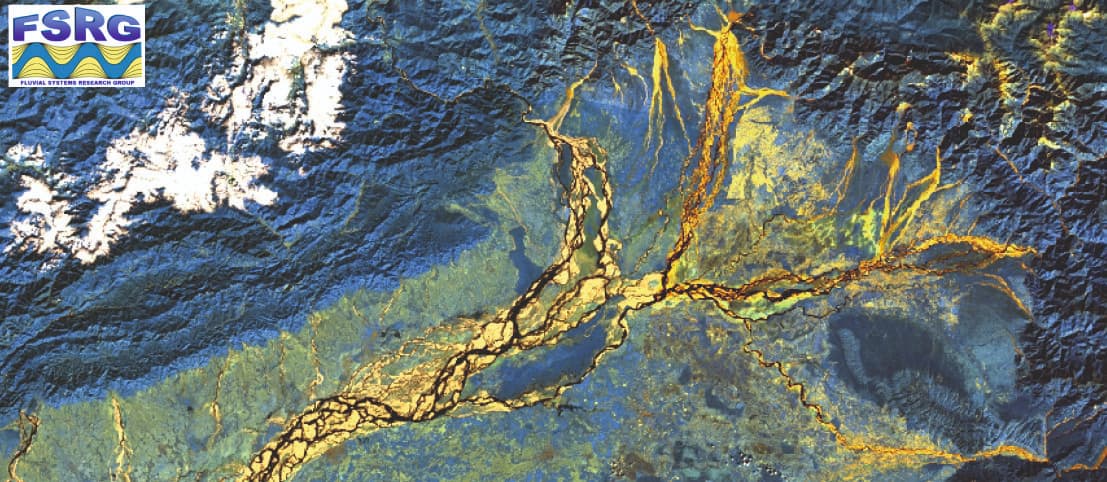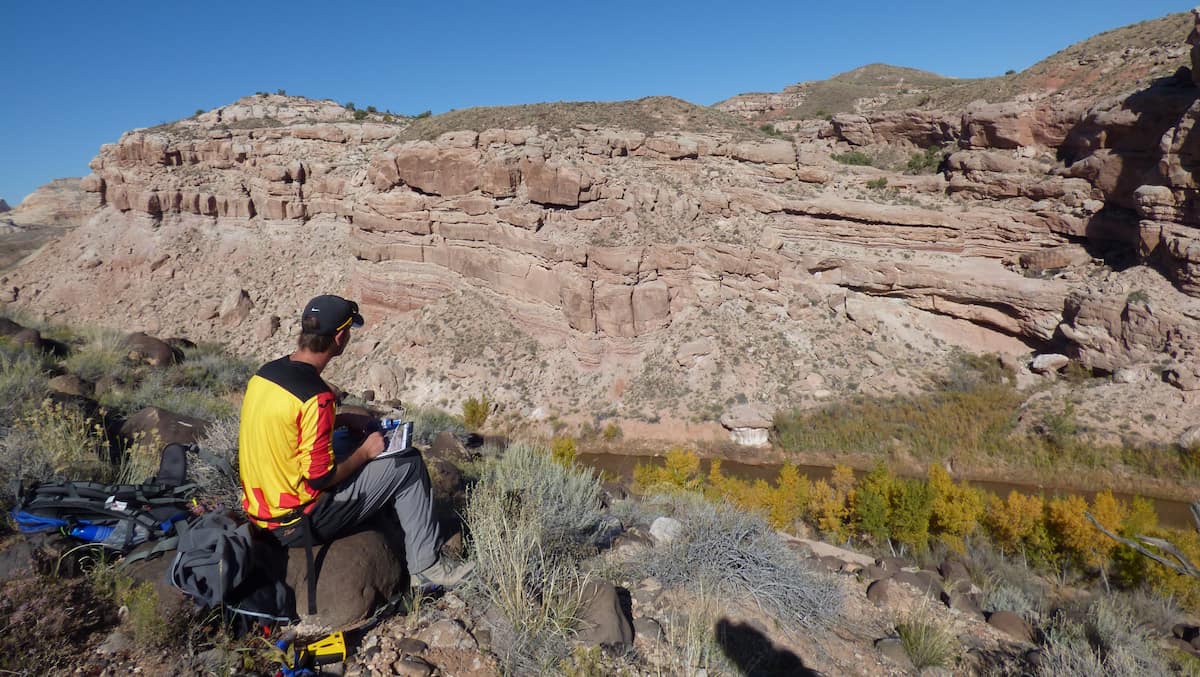This Joint Industry Research project aims to develop a predictive model of distributive fluvial systems (DFS) based on remote sensing imagery and outcrop studies. Research focuses on outcrop based studies in various parts of the world and involves building 3D models of different aspects of distributive fluvial systems. These are "ground-truthed" using datasets derived from remotely sensed imagery and modern day systems.
Sediments deposited in continental environments contain a significant proportion of the world's hydrocarbon resources. Understanding the controls on their development will reduce uncertainty in exploration and production. Fluvial systems comprise the main reservoir in continental basins. Research by members of this research group has shown that:
- A fundamental division exists between river systems that are tributary, occurring mainly in degradational settings and those that are distributive, which are found in aggradational basins;
- Modern day aggradational continental basins are dominated (in some cases over 80%) by distributive fluvial systems (DFS);
- Facies models used in the analysis of ancient fluvial successions are based primarily on studies in either degradational settings that will not be preserved in the rock record or out of context of the study site's position within a sedimentary basin;
- New models for the three-dimensional architecture of fluvial deposits are required to reflect the distributive nature of aggradational fluvial systems, which the research group believe to be dominant in the stratigraphic record.

The deposits of DFS are preserved in the rock record but only a small number have been described and characterised, such that reservoir properties and controls on permeability distribution are not well known. To rectify this knowledge gap we will produce a fully searchable database that includes planform facies maps and remotely sensed imagery for the 8 different types of ~400 megafans (systems >30 km in length) from the ~700 modern continental sedimentary basins we have identified. We will provide grain size and dimensional data from ground-truth studies of selected modern systems. These planform data will be integrated with outcrop studies on well-exposed examples of DFS's in the stratigraphic record to develop predictive facies models, provide sand body dimensions and properties, and permeability barrier sizes and shape. In addition we will build reservoir models from selected high quality pseudo-3D outcrops using, where applicable, a novel approach that allows characterisation of grain size directly from terrestrial lidar data.

 |
 |
 |
 |
